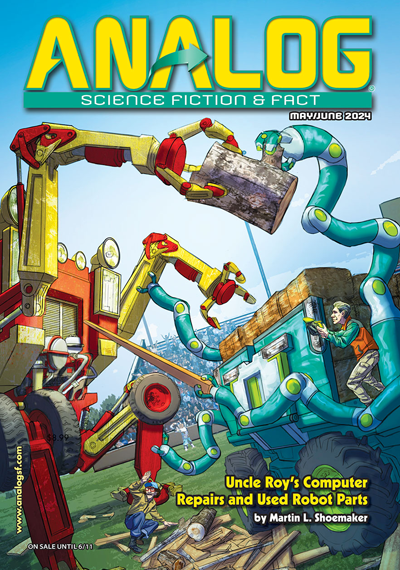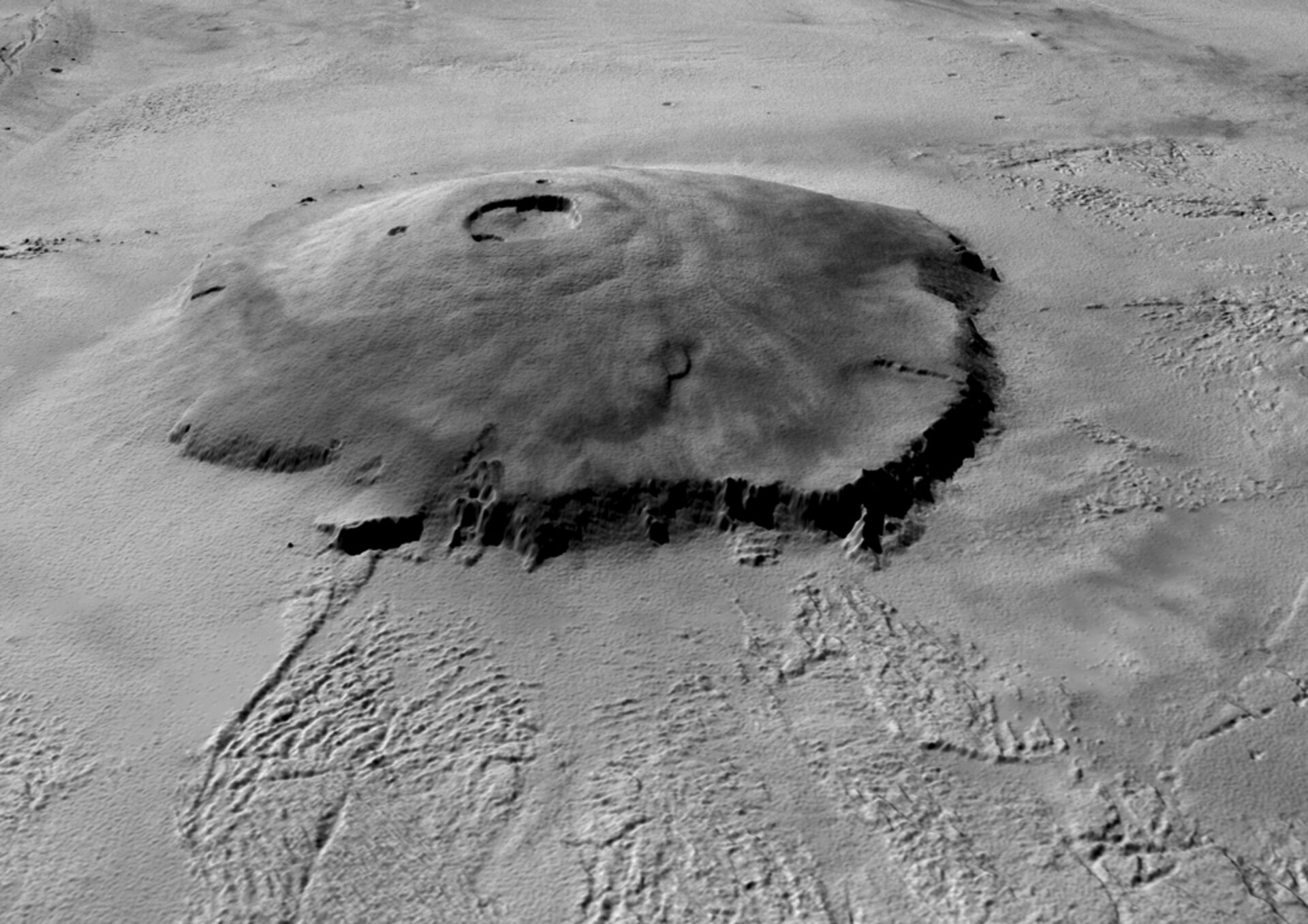There was an element of R.H. Dana’s Two Years Before the Mast that seemed very familiar to me: the feel of an isolated, even empty world that permeates Rime of the Ancient Mariner, Endurance, and Home of the Blizzard.
Sure, it’s clear at the beginning that there is in fact a bustling, settled civilization in the background (specifically 1830s Boston), but once Dana’s ship dropped “below the hill, below the kirk, below the lighthouse top”, as it were, it’s as if the outer world no longer exists, and he is sailing on the endless seas of an empty planet.
Even after arriving in California, this sense of emptiness is barely relieved by the presence of Mexicans, Indians, and the occasional crews of other ships. There are so few people, so sparsely settled, that if anything it makes the emptiness of the world seem more rather than less acute.
It struck me that this element is actually missing from the SF I have read.
Which is strange, as you’d think it’d be a pretty obvious detail to weave into the worldbuilding of (say) the first mission to Mars, or a newly-settled planet: the characters are alone, far from civilization and from help should it be needed. They wouldn’t have it in their head that someone is watching over them, because there isn’t anyone. They wouldn’t assume that someone can be summoned to rescue them at a moment’s notice, because there is no one to call. They would know they couldn’t simply “return to civilization” should they tire of their adventures, because they are what passes for civilization.
It’s not a sense of danger or threat, though. It simply is the way the world is around them. The conditioned sense of immersion in civilization wherever one goes is simply absent, because actual civilization itself is so distant as to be wholly absent.
I think the thorough rewrite of the former project’s “The Olympian Race” already captures some of this sense of isolation and emptiness in the climactic chapters, so this is timely.
One “character” detail that stood out for me was Dana’s personal reaction at his return to Boston. He’d dreamt for two years of finishing his contract and returning home, imagining what he would do and where he would go and who he would see. But when his ship at last reached the pier in Boston Harbor, he was instead overcome with a sense of inertia: “There is probably so much of excitement in prolonged expectation, that the quiet realizing of it produces a momentary stagnation of feeling as well as of effort. It was a good deal so with me.”
The account was fairly short, but no less powerful for that. And the book is peppered with such character observations of his crewmates and himself, fascinating little details that SF rarely seem to capture. In fairness, it’s easier to amass a collection of such observations to draw on when you spend two years immersed in the relevant environment, something rarely possible (even in analogue form) for SF writers.
I repeatedly had the same reaction I had while reading The Anabasis and Mawson’s account of his return to the hut in Home of the Blizzard: “This is such an amazing account – it would form the basis of a fantastic SF story.”
Alas, several SF versions of The Anabasis have been done. However, the story I’m currently working on, “Beneath a Silent Sky”, originated as an homage to Mawson’s account (albeit infused with paranoid mystery…).
One final item that struck me was the section written in 1860, documenting his observations from a return trip to California. In 24 years, everything that he had encountered had changed dramatically, in particular San Francisco Bay and the surrounding areas. In 1835, he described a smallish settlement around the Presidio, dwarfed by the main Mexican settlement at Monterey. When he returned, he found a city of 100,000-plus people, smaller but significant settlements scattered all around the bay, Alcatraz turned into a fortress, and a booming economy.
I always wondered if 15-20 years would be sufficient to settle Mars to the point that it could demand autonomy or sovereignty. Could enough settlers arrive and build a sufficiently large and diverse economy to support such a move? Well, here is one real-world example to draw on…



